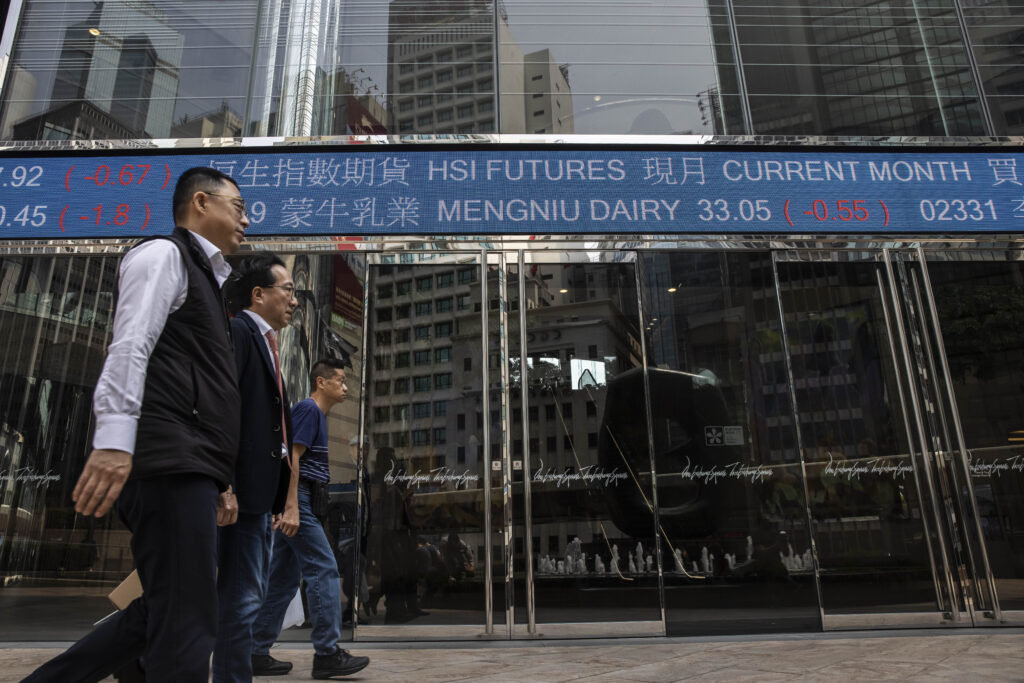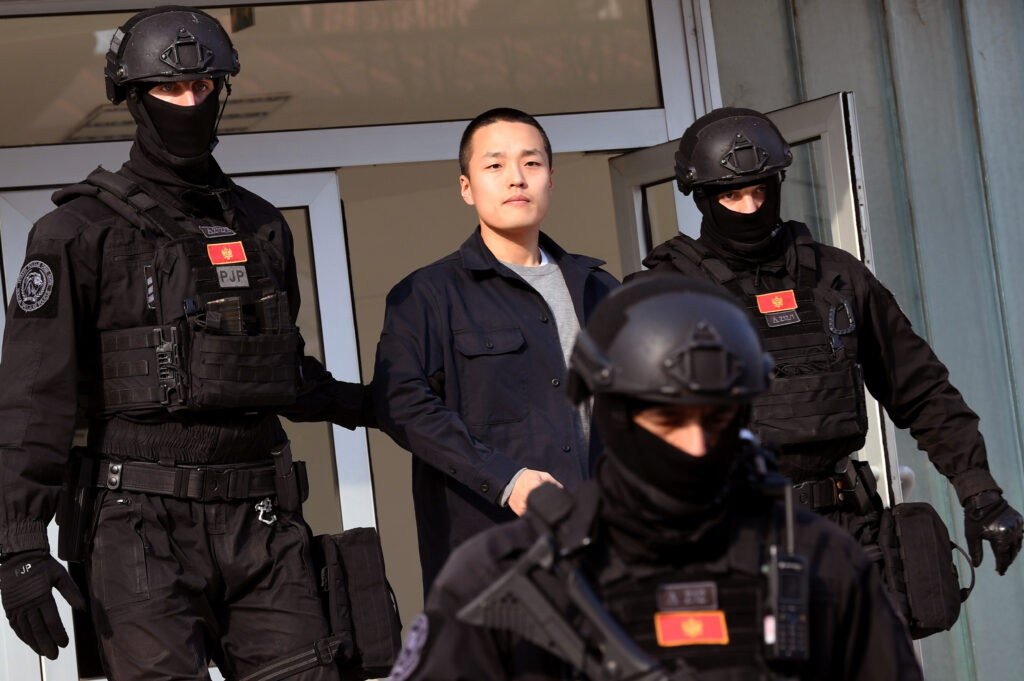World stocks mostly slide, consolidating Fed-fuelled gains
Stock markets on both sides of the Atlantic pulled back Friday as profit-taking trimmed some of the gains seen after the Federal Reserve’s interest rate cut this week.Investors kept away from any big bets on the future direction of US interest rates while the inflation and employment pictures remain cloudy, analysts said.European and Asian equity markets initially tracked Thursday’s record performance on Wall Street but then turned negative as the mood in New York shifted. This change was partly motivated by unease about potentially excessive stock valuations in the tech sector.Focus for global investors is switching to next week’s release of US jobs data, which could provide insights into the Fed’s plans for the coming year.Partial data released Thursday showed US jobless claims rose more than expected in the week ending December 6, marking their biggest increase for five and a half years and reinforcing the view of a softening labor market.Traders welcomed Fed boss Jerome Powell’s post-meeting comments Wednesday — seen as less hawkish than feared — but the policy board’s statement suggested it could hold off from a fourth straight cut in January.There was some concern about sector valuations after disappointing earnings from sector giants Oracle and Broadcom.”Oracle and Broadcom reminded the market that while AI demand remains strong, leveraged investments and uncertain monetisation paths are preventing investors from adding exposure at current valuations,” said Ipek Ozkardeskaya, senior analyst at Swissquote.All three major US indexes slumped on Friday, with the Nasdaq Composite Index falling 1.7 percent.London stock prices underperformed their European peers after official data showed that the UK economy unexpectedly contracted in October.- Key figures at around 2145 GMT -New York – Dow: DOWN 0.5 percent at 48,458.05 points (close)New York – NASDAQ: DOWN 1.7 percent at 23,195.17 (close)New York: S&P 500: DOWN 1.1 percent at 6,827.41 (close)London – FTSE 100: DOWN 0.6 percent at 9,649.03 (close)Paris – CAC 40: DOWN 0.2 percent at 8,068.62 (close)Frankfurt – DAX: DOWN 0.5 percent at 24,186.49 (close)Tokyo – Nikkei 225: UP 1.4 percent at 50,836.55 (close)Hong Kong – Hang Seng Index: UP 1.8 percent at 25,976.79 (close)Shanghai – Composite: UP 0.4 percent at 3,889.35 (close)Euro/dollar: UP at $1.1742 from $1.1741 on ThursdayDollar/yen: UP at 155.83 yen from 155.58Pound/dollar: DOWN at $1.3368 from $1.3394Euro/pound: UP at 87.83 pence from 87.65Brent North Sea Crude: DOWN 0.3 percent at $61.12 per barrelWest Texas Intermediate: DOWN 0.3 percent at $57.44 per barrelburs-jh-bys/ksb




